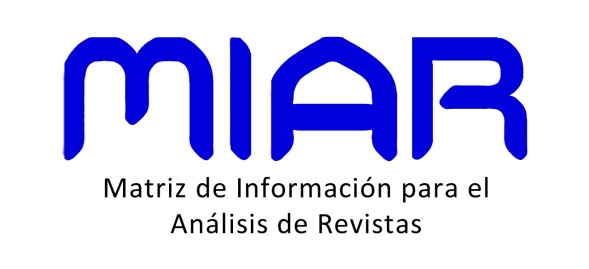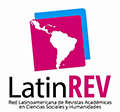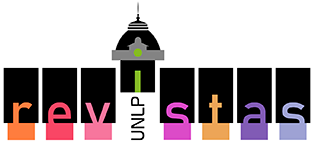Overlapping cities: Trans-urban augmentation in the digital era of western cities
DOI:
https://doi.org/10.24215/24226483e111Keywords:
digital revolution, augmented city, metaverse, domesticityAbstract
The digital revolution has produced and is still creating new lifestyles that are being reflected in a new urban revolution which sees the overlapping of different environments to enrich the urban experience and respond to emergent necessities. It leads to a dissolution of the strictly defined spaces and uses to create hybrid places that colonize the urban environment. The dualities of public and private, of exterior and interior, of work and leisure, of man and woman, of house and city, are then changing, and with them also the traditional pillars of the modern society. The digital is overlapping the material, changing the urban organizational structure through new relationship between people, city and technology in a new reality recently dubbed the “metaverse”. Most of the spatial needs are then transformed, opening up to a profound rethinking of the structure of places and of the meaning itself of urban environment. The article analyses the current relationship between the material and the virtual by identifying the possible resulting spatial emergencies.
Downloads
Metrics
References
Aureli, P. V. and Giudici, M. S. (2018). The forum of otium: labour and leisure in ancient Greek and roman domestic space. In Verzier, M. O. & Axel, N. (eds) Work Body Leisure. Hatie Cantz.
Bhabha, H. K. (2004). The location of culture. Routledge.
Bose, S. and Self, J. and Williams, F. (2016). Home economics. British Council.
Braidotti, R. (2013). The Posthuman. Polity Press.
Carta, M. (2014). Reimagining Urbanism. Creative, Smart and Green Cities for the Changing Times. ListLab. Crary, J. (2013). Late Capitalism and the end of sleep. Verso.
Crosbie, T. and Moore, J. (2004). Work-life balance and working from home. Social Policy & Society 3:3.
De Lama, J. P. (2020). Geografías de una multitud (conectada): entre la espacialidad de los flujos y la ciencia ficción. http://hackitectura.net/osfavelados/txts/sci_fi_geographies.html
Deleuze, G. and Guattari, F. (1986). Nomadology: the war machine. The MIT Press.
Derrida, J. (1988). Limited Inc. Northwestern University Press.
Fiorani, E. (2009). Erranze e trasalimenti. Sguardi sull’arte del secondo Novecento. Lupetti.
Frost R., Rickwood D.J. (2017). A systematic review of the mental health outcomes associated with Facebook use. Computers in Human Behavior, 76, 576-600, https://doi.org/10.1016/j.chb.2017.08.001
Giaccardi, C. and Magatti, M. (2001). La globalizzazione non è un destino. Momenti strutturali ed esperienze soggettive nell’età contemporanea. Laterza.
Heim, M. (1995). The nerd in the noosphere. Computer-mediated Communication Magazine, 2.
Heller, A. (1994). Dove ci sentiamo a casa?. ILMulino (3), 381-399.
Jaque, A. (2017). Grindr Archiurbanism. Log, (41), 75-84.
La Cecla, F. (1995). Mente locale. Per un’antropologia dell’abitare. Elèuthera.
Livingstone, S. (2007). From family television to bedroom culture: young people’s media at home. Media studies: key issues and debates.
Lyotard, J. F. (1993). Libidinal economy. University press.
Martella, F. (2018). Hacia una nueva transformación de la sala de estar. Expansión del papel de la sala de estar a través de la sociedad contemporánea. Reia.
Martella, F. & Amann, A. (2022). The productive home. Towards a new domestic environment with immaterial work. Housing Studies, 37. https://doi.org/10.1080/02673037.2022.2100328
Matsuda, K. (2010). Domesti/city. The dislocated home in the augmented space. [Master thesis].
Mitchell, W. J. (2004). Me++; the cyborg self and the networked city. The MIT Press.
Molinari, L. (2020). Le case che siamo. Nottetempo.
Pellizzetti, L. (2015). Sentirsi a casa. La dimensione domestica come antidoto allo sradicamento di un mondo globalizzato. [Master thesis]. Università Degli Studi di Pavia.
Puigjaner, A. (2014). Kitchenless city. [PhD thesis].
Rosa, H. (2015). Accelerazione e alienazione. Per una teoria critica del tempo nella tarda modernità. Einaudi.
Rillig M. C. et al. (2022). Opportunities and Risks of the “Metaverse” For Biodiversity and the Environment. Environmental Science & Technology 56(8), 4721-4723. https://doi.org/10.1021/acs.est.2c01562
Sennett, R. (1977). The fall of public man. Penguin.
Sheller, M. & Urry, J., (2003). Mobile transformations of “Public” and “Private” life. Theory Culture and Society 20(3), 107-125. https://doi.org/10.1177/02632764030203007
Sloterdijk, P. (2013). You must change your life. Polity Press.
Steegman, D. (2017). Ciudad, casa, comida. Una aproximación poliédrica a los límites entre lo público y lo privado. [PhD thesis].
Stavropoulos, V. et al. (2022) Risks and opportunities for youth in digital era: a cyber-developmental approach to mental health. European Psychologist, 27 (2), 86-101. https://doi.org/10.1027/1016-9040/a000451
Sustersic, P. (2013). Domestic Space in the Information Era: Architectural Design, Images and Life in a Technological Age. [PhD thesis], University of Southampton.
Teyssot, G. (2013). A topology of everyday constellations. The MIT Press.
Tomlinson, J. (1999). Globalization and culture. Polity Press.
Van Dijk, S. (2019). At home in the workplace: the value of materiality for immaterial labour in Amsterdam. European Journal of Cultural Studies. 22(4), 468–483. https://doi.org/10.1177/1367549419861628
Verschaffel, B. (2012). The meaning of domesticity. In Briganti, C. & Mezei, K. The domestic space reader. University of Toronto Press.
Vittersø, J. et al. (2003). Impacts of home-based telework on quality of life for employees and their partners. Quantitative and qualitative results from a European survey. Journal of Happiness Studies, 4 201-233. https://doi.org/10.1023/A:1024490621548
Wang Y. et al. (2022). A Survey on Metaverse: Fundamentals, Security, and Privacy. IEEE Communications Surveys & Tutorials. https://doi.org/10.48550/arXiv.2203.02662
Zafra, R. (2010). Un cuarto proprio conectado. (Ciber)espacio y (auto)gestión del yo. Eds. Fórcola.
Downloads
Published
How to Cite
Issue
Section
License
Copyright (c) 2023 Flavio Martella, Marco Enia

This work is licensed under a Creative Commons Attribution-NonCommercial-NoDerivatives 4.0 International License.
Acorde a estos términos, el material se puede compartir (copiar y redistribuir en cualquier medio o formato) y adaptar (remezclar, transformar y crear a partir del material otra obra), siempre que a) se cite la autoría y la fuente original de su publicación (revista y URL de la obra), b) no se use para fines comerciales y c) se mantengan los mismos términos de la licencia.

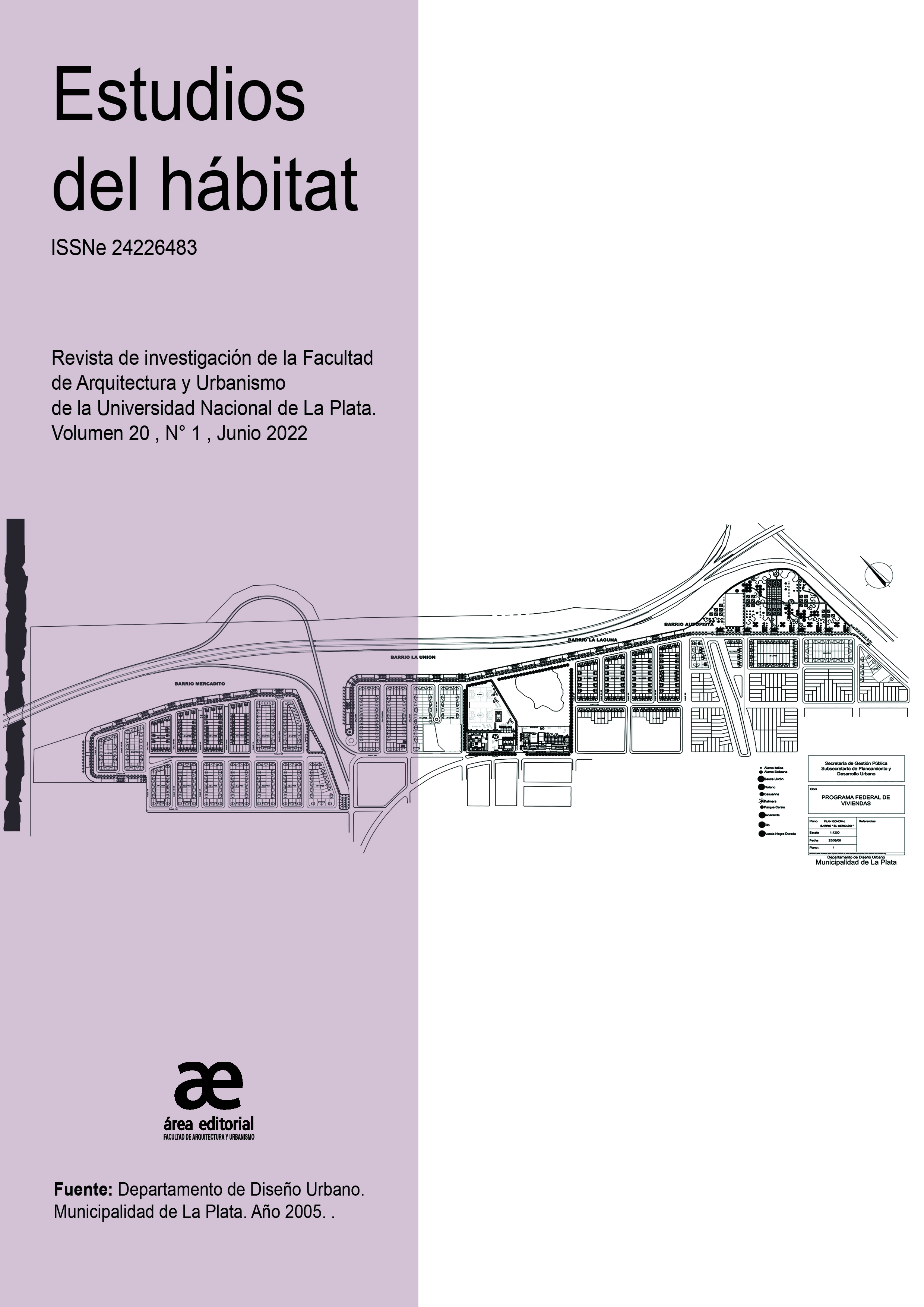



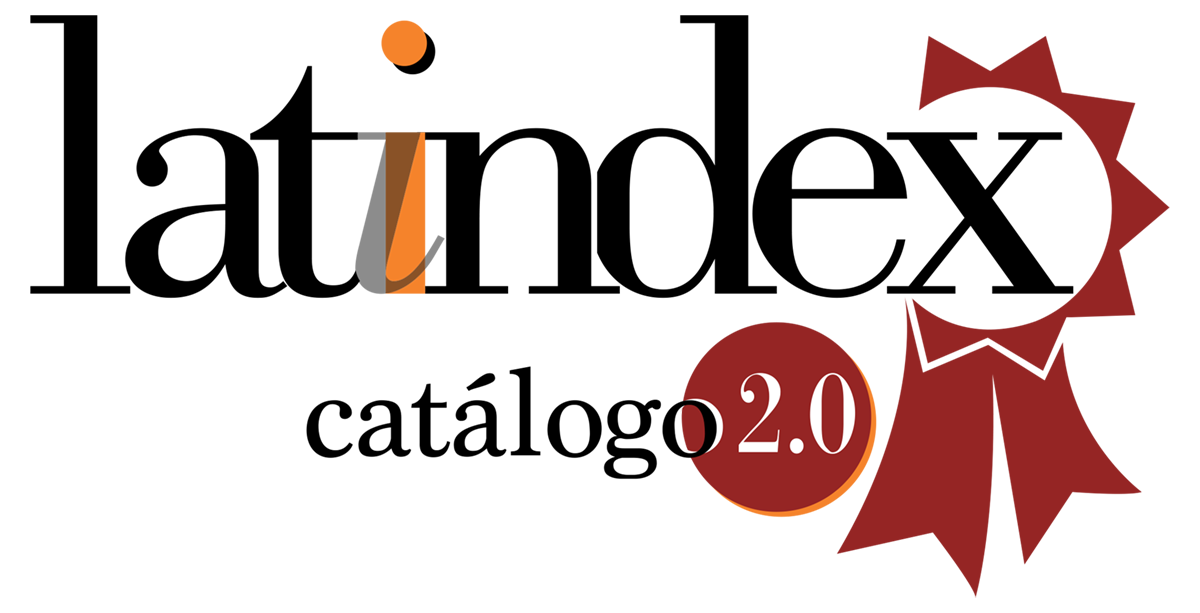


.jpg)


